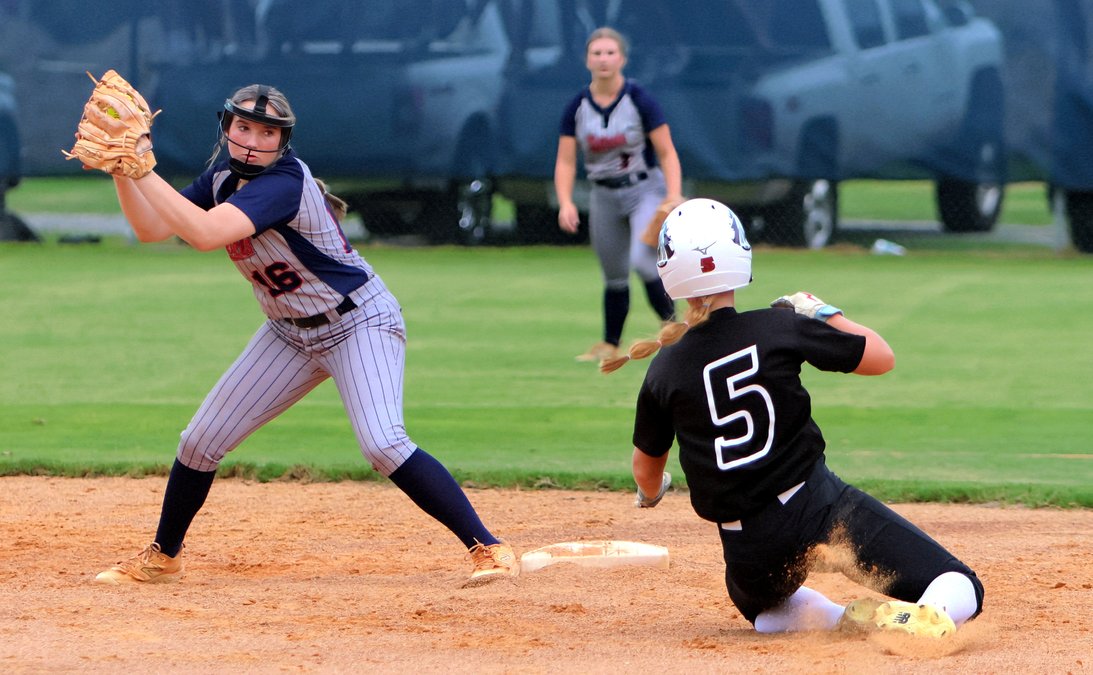RINCON — The Georgia High School Association will introduce a 30-shot second shot clock this fall.
The GHSA devised a three-year plan that will see the shot clock in holiday tournaments during year one, region play in year two and all games in year three.
Georgia is the 10th state to add the shot clock.
Monica James, head coach of the girls basketball team at Effingham County High School, said there has been considerable discussion among coaches about a shot clock, which she thinks is much needed.
A positive takeaway is that it will help prepare student-athletes for college play.
“A few high school coaches have been talking about it for a while,” James said. “It’s definitely needed in high school sports. There has been a lot of talk about it.
“A lot of teams, even at the state level, they were talking about implementing it. It doesn’t come as a big shocker to me. I see the pros and cons.
“One of the pros is one of our responsibilities as a head coach is to get players ready to play at the college level and we all know there is a shot clock at the collegiate level.”
When a game is coming down to the wire, teams sometimes may hold the ball for a lengthy period. James said the shot clock will prevent teams from stalling.
“When I was playing, teams only did that in the fourth quarter,” James said. “Now you see teams doing it all four quarters. Now they are doing it now more than ever.
“Teams are not going to be able to do that anymore.”
And, too, implementing the shot clock will help speed the game up, especially in girls basketball.
“Some games are slow-paced,” James said. “Walking the ball up the court and taking their time — you are not going to be able to do that. The next level is a fast-paced game.
“(With) implementing a shot clock, we are going to have to hurry up and get to half court and go ahead and set up an offense. We are going to have to speed up our pace as well.
“Overall, I see the pros and cons.”
However, with any new rules comes the need for teams to get acclimated. James pointed out that consideration for more time on the shot clock may have been a better option.
“Since it is high school, I thought it should have 35 seconds or even 40,” said James. “Slowly get them accustomed to having a shot clock, but don’t implement the same rules as the collegiate level.”
Defensively, athletes will learn how to make big plays when the game is on the line. James already has a plan in place if her team is in a situation where there’s little time on the clock and her team must make a defensive stop.
“(I’m running a) full-court press,” James said. “If not a full-court press, go man-to-man. Make it difficult.
“As soon as they touch the ball, make it difficult to get past half court.”








